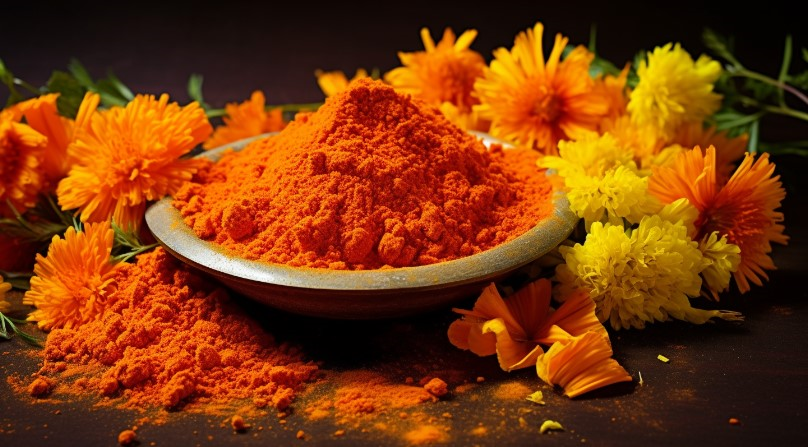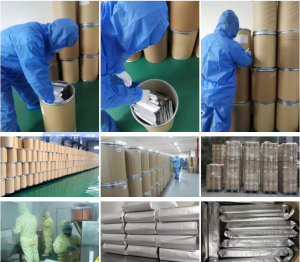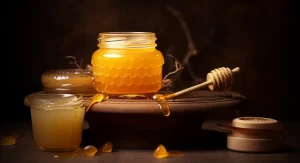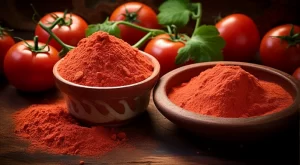Populärwissenschaftliches Wissen: Lutein und Lutein-Ester/Auch wenn es einen Wortunterschied gibt, ist der Unterschied gewaltig!

With the rapid updating of electronic products, more and more people around us have vision loss. Lutein, as an “eye protector”, has gradually become well-known to consumers. However, as various manufacturers introduce new products, the emergence of lutein esters has confused consumers: What is the difference between the two?
Learn about Lutein und lutein esters
Lutein, also known as “eye gold”, is mainly distributed in the retina and is the core nutrient for pigments in the macular area of the fundus. The Chinese Nutrition Society recommends that each person should supplement 10-12mg of lutein every day, because lutein can protect eye health and is a “right-hand assistant” for the eyes – it can filter blue light and reduce the damage of blue light to the retina; it is an excellent performance Antioxidants can reduce cataracts caused by free radicals in the eyes, vision loss and even blindness caused by macular degeneration; at the same time, it can also replenish the pigment content of the retina, macula and other parts to maintain and protect central vision. Most eye diseases such as presbyopia, pseudomyopia, macular degeneration, and retinopathy are related to the lack of lutein in the eyes. However, the human body cannot produce lutein and must rely on daily dietary intake or supplementation with lutein-containing products.
Was ist lutein ester, which is just one word different? It is a compound formed by one molecule of lutein and one or two molecules of fatty acids. It is a nutrient that exists in nature. Lutein ester needs to be converted into lutein in the human body before it can be absorbed by the body, relieve visual fatigue, and prevent various eye diseases.
Therefore, lutein ester is the precursor of lutein, which is a product composed of lutein and various fatty acids. The content of lutein ester is not the content of lutein. Just like the relationship between gold mines and gold, very little gold will be obtained after repeated extraction, crushing, panning and other procedures. Lutein esters undergo a series of complex extractions and crystallizations to obtain high-purity lutein. Therefore, the content of lutein ester does not represent the content of lutein. When looking at the lutein content, you also need to look at the purity of the lutein. If the purity is only 20%, then even if it contains 20 mg of lutein, the actual lutein content will be very small.
() ()


